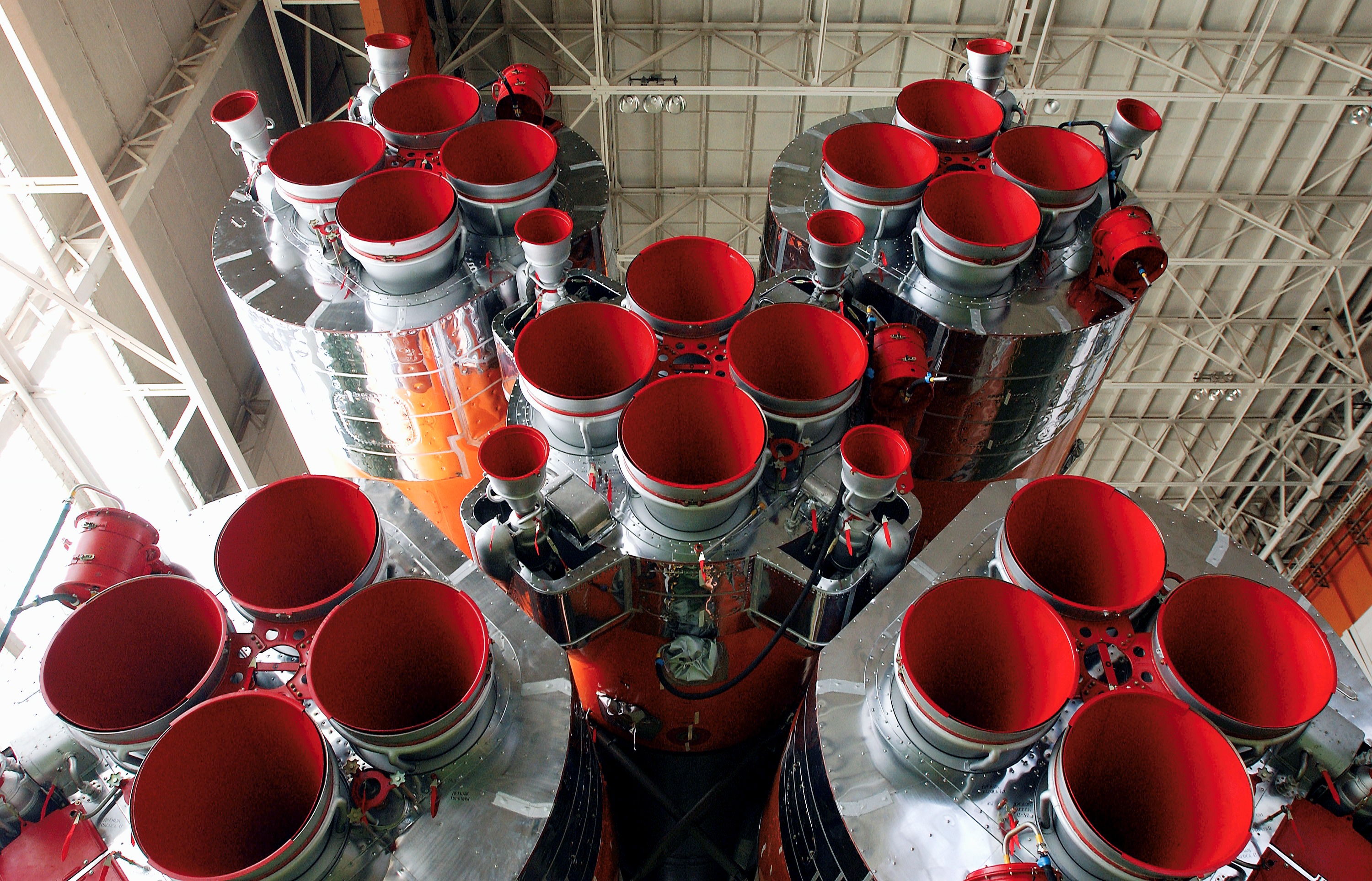
Story Highlights
- Historical event:
- 26 August 1957
- The United States felt threatened by the test, especially because the Americans hadn’t yet developed ICBMs at the time. The Soviet Union was a step ahead of the USA regarding their missile program. The Soviets had also launched the first satellite into Earth’s orbit before the Americans (the famous Sputnik). The Soviets also sent the first man into space - Yuri Gagarin.
On this day in 1957, the Soviet news agency TASS announced that the Soviet Union had successfully launched its first intercontinental ballistic missile – the R-7.
This type of missile has been one of the most dangerous weapons regarding the world’s nuclear arsenal
because it can launch a nuclear warhead to a ten thousand-kilometer distance in only half an hour. The Soviets called it Semjorka (which means “the 7”), and NATO gave it the code name “SS-6 Sapwood”.
The United States felt threatened by the test, especially because the Americans hadn’t yet developed ICBMs at the time. The Soviet Union was a step ahead of the USA regarding their missile program. The Soviets had also launched the first satellite into Earth’s orbit before the Americans (the famous Sputnik). The Soviets also sent the first man into space – Yuri Gagarin.
It is interesting to note that the same R-7 missile launched the first satellite Sputnik, and the missile was modified for this purpose. Furthermore, the Soviet Vostok rockets, which launched the first humans into space, were modified R-7 missiles. The Soviet space projects Sunrise and Soyuz also used modified R-7 missiles.
The R-7 Semyorka could carry a thermonuclear head up to 3 megatons, and its explosion was approximately equal to the explosion of the nuclear bombs thrown on Hiroshima in 1945. The R-7 missile (which detonated such nuclear warhead) was first tested in October 1957. Its target was an uninhabited area which belonged to the USSR, more precisely Novaya Zemlya, a deserted island in the Arctic Circle, north of the Urals.




